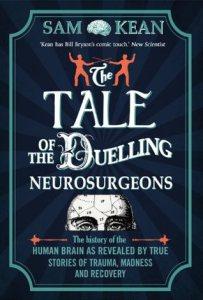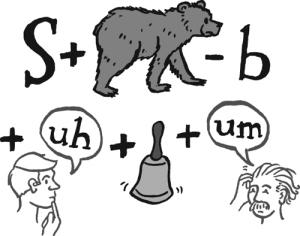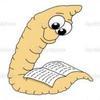
What’s it all about?:
From the author of the best-seller The Disappearing Spoon, tales of the brain and the history of neuroscience.
Early studies of the functions of the human brain used a simple method: wait for misfortune to strike-strokes, seizures, infectious diseases, lobotomies, horrendous accidents-and see how the victim coped. In many cases survival was miraculous, and observers could only marvel at the transformations that took place afterward, altering victims’ personalities. An injury to one section can leave a person unable to recognize loved ones; some brain trauma can even make you a pathological gambler, paedophile, or liar. But a few scientists realized that these injuries were an opportunity for studying brain function at its extremes. With lucid explanations and incisive wit, Sam Kean explains the brain’s secret passageways while recounting forgotten stories of common people whose struggles, resiliency, and deep humanity made modern neuroscience possible.
What did I think?:
I couldn’t resist The Duelling Neurosurgeons when I saw it, it’s got everything I could possibly ask for from a popular science book. Firstly, it focuses on arguably the most exciting and mysterious organ in the human body – the brain, which has always fascinated me ever since I studied a module on neuroscience as part of my first degree. Secondly, it combines triumphs (and disasters) of neurosurgeons through history and provides case studies of “real,” patients, some of whom left me dumbfounded. For example, the blind man who traveled the world by using echolocation and textbook studies such as Phineas Gage who received such a traumatic brain injury that it ended up changing his entire personality. Finally (and perhaps one of the things that excited me the most), Sam Kean introduces each chapter by providing a little puzzle or “rebus” to illustrate what the content of that particular chapter might be about.

This was so much fun and I was quite strict with myself, not going on to read the chapter until I had figured out the rebus. This proved quite frustrating with some of the trickier images!
Why The Duelling Neurosurgeons? Well, it all starts in 1559 where King Henri II of France receives a traumatic injury to his brain after a jousting accident. The two most prominent brain doctors of the day, Paré and Vesalius (who also founded what we know now as modern anatomy) were called to his bedside and although some of their methods for treating the king were quite primitive, essentially they both led the way for further experimentation and brain surgery today. For example, Paré was quite keen on strange concoctions and compresses, one in particular consisted of egg yolk, turpentine, earthworms and dead puppies. Each to their own I guess?!… He also devised a strange experiment that allowed him to differentiate between fatty tissue and brain tissue in a frying pan where fat was seen to liquefy and brain would shrivel.
There is a wealth of interesting information from case studies put forward in this book but I’ll just mention a couple of my favourites. The section on phantom limbs, where someone who has recently had a limb amputated can still feel pain in the area that the limb used to be was fascinating but did you know that some women who have had complete hysterectomies can still have phantom menstrual pains? Or there are even such things as phantom teeth, phantom penises and phantom erections? The topics covered by the author are intriguing, informative and endlessly thought-provoking. In fact, I’ve never had so much fun before reading a popular science book. I have the author’s first two books to read on my Kindle – The Disappearing Spoon and The Violinist’s Thumb and if they’re half as entertaining as this one was, I’m in for a treat. Highly recommended for anyone who wants to know more about this surprising and brilliant organ.
Would I recommend it?:
But of course!
Star rating (out of 5):


